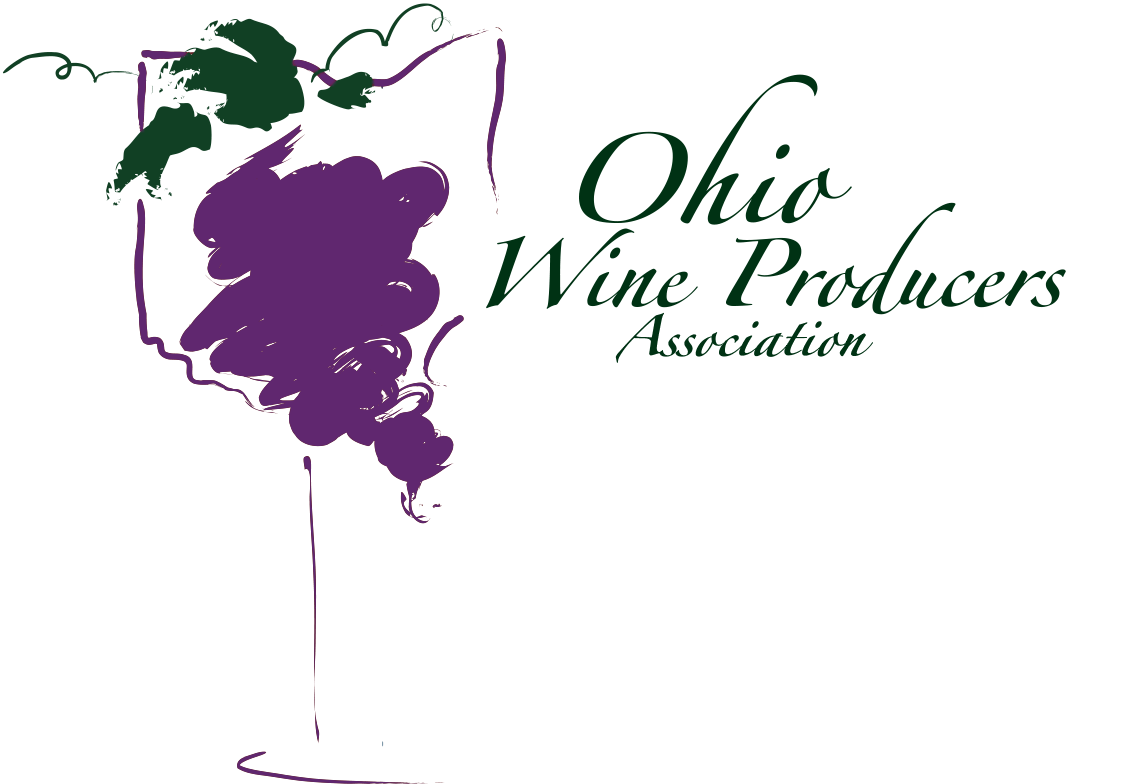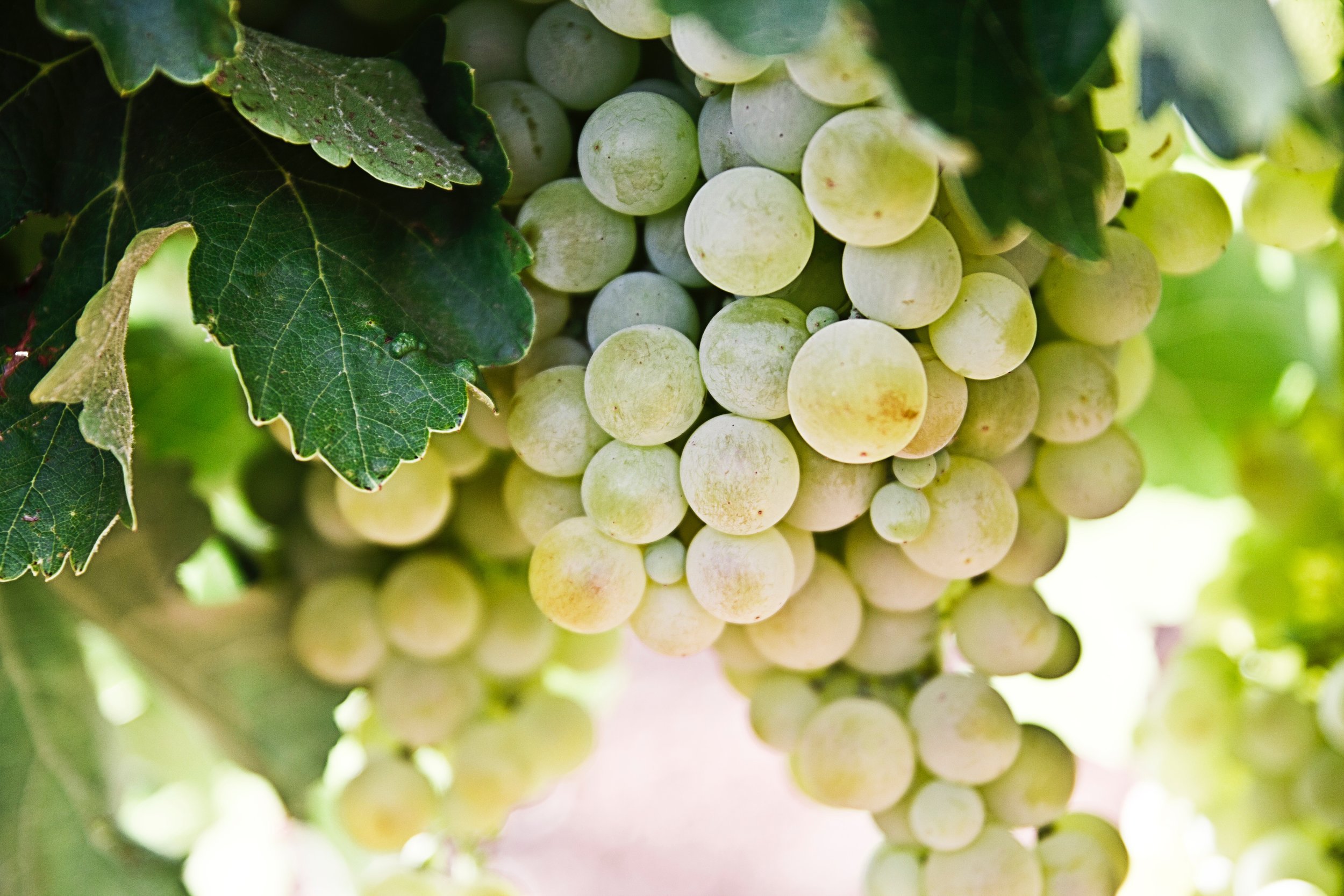Sulfites in wines what are they and what do they do?
Lots of shoppers do not understand the sulfite label on the each bottle of wine sold in this country.
Sulfites [compounds formed when sulfur combines with oxygen] are actually antioxidants meaning they help prevent wine or food from turning brown. [Think about what happens an apple slice is exposed to air.] They are also anti-microbial, meaning they prevent the formation of spoilage bacteria that would make wine vinegary or bread taste sour. Sulfites naturally develop as beer ferments and as bread rises, are used on some salad bars and are added to many processed and packaged foods.
During wine fermentation, [the changing of fruit sugars into alcohol via the action of yeasts] some level of sulfites also naturally develops in the wine. Winemakers will then add a small amount of additional sulfites to protect their vintages as the wines age in barrels, tanks and bottles. Otherwise, the retail shelf life of their products would be short lived indeed. A vintners goal is to add just enough to prevent damage to the wine, but not so much that it is discernible to even experienced palates. Sweet whites, because of their color and sugar content, have a slightly higher level than very dry red wines. The minimum level for government labeling is 10 parts per million. In practice, the commercial range gets as close to 10 ppm as the vintner feels will keep his wine fresh on a shelf.
Since fermentation often produces some amount naturally, even those wines purporting to be sulfite free are probably not totally so. And because of concerns about quality control, very few winemakers will take the chance and not add any sulfites whatsoever.
If someone suffers from severe asthma, and is a part of the tiny percentage of that group which is truly sensitive to sulfites, it is probably best to refrain from consuming wine.
For the vast majority of the population however, sulfites actually help preserve the wonderful beverage that we so enjoy and which makes a fine meal better and a celebration more festive.
*In the late 1980s, the federal government dictated that vintages sold in this country include a statement of sulfite content on wine labels. The reasons behind the requirement are based both on medical concerns [about a quarter of one percent of the population is sulfite sensitive] and on the political views of the anti-alcohol lobby that works to curtail wine consumption. Ironically, American wines sold for distribution in Europe are not allowed to list sulfites per their laws. But whether the dictum was established for political reasons or for medical purposes , nearly every bottle of wine sold in the US contains a sulfite statement.
For additional information: dwinchell@ohiowines.org
About the author:
Donniella Winchell, Executive Director of the Ohio Wine Producers Association...


